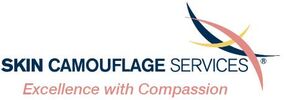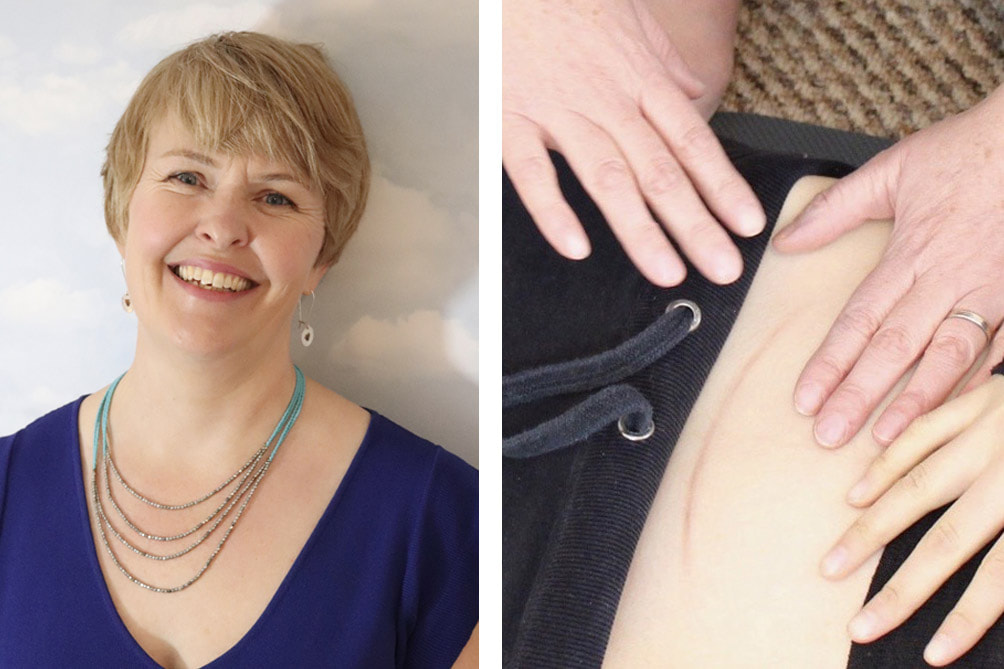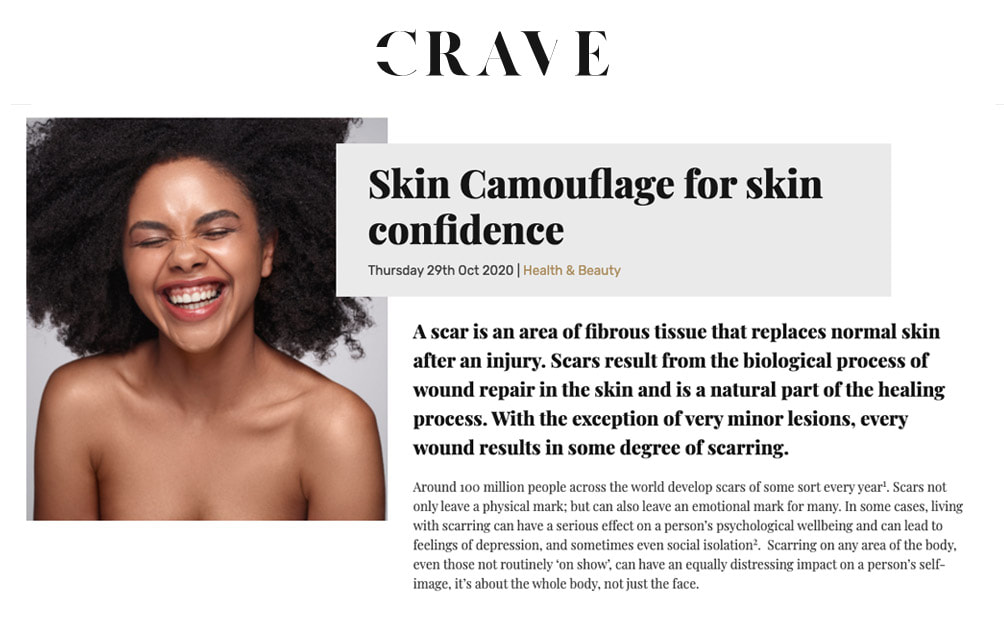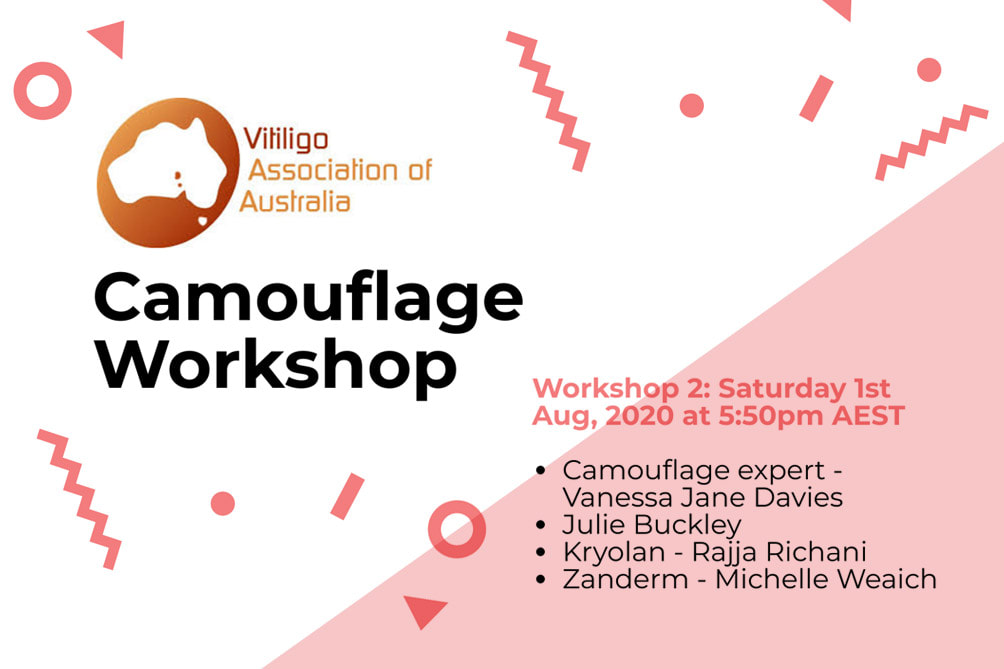|
Guest blog by Emma Holly at Restore Therapy Clinic.
I was delighted when Vanessa Jane Davies invited me to offer Scar Therapy at Skin Camouflage Services flagship clinic at 10 Harley Street, London. It has been a challenging time to set up a new service, but we are pleased to be open for business with new clients booking in for the specialised treatments developed to promote healing and reduce discomfort. I am a leading specialist in Scar Therapy, developing new scar massage techniques and teaching alongside my clinical practice. My specialism - Scar Therapy - is the treatment of scar tissue after an injury or surgery. Many people are unfamiliar with Scar Therapy, although routinely people are instructed to massage their scar by their consultant. Within post-operative recovery, Scar Therapy is still emerging as a way to promote better patient outcomes. Scar tissue that forms following a surgery or a traumatic accident is different from the pre-injury tissue in its cellular structure and function. Scar tissue, fibrosis and adhesions are terms to describe the internal complications that can occur. The surface scar is the skin scarring, but underneath the fascia, muscles and ligaments can be impacted. Externally there are not always visual abnormalities on the superficial scar line to indicate a dysfunctional scar, but they may be symptomatic. Symptoms of dysfunctional scars may include pain, sensitivity, oedema (swelling), reduction in flexibility, palpable bulky fibrous tissue and scar adhesions. Scar Tissue may be so tight, uncomfortable and restrictive the patient may not be able to complete rehabilitation exercises, their gait or movement patterns may be altered – leading to other longer-term problems. They may be dissatisfied with puckering, tightness or pain in the scar. As a therapist, creating positive improvements and reducing these symptoms is hugely rewarding. Not everyone has a problem with their scar. The likelihood of problematic scar formation increases when a patient:
If the scar remains numb, painful or has altered sensation there may be a dislike of touch for the patient or a feeling of disconnection from that part of the body. It is our belief that a gentle approach is paramount to create the best outcomes and a positive therapeutic touch that promotes healing emotionally as well as physically. When I have a new client booked in the first treatment includes a short discussion to understand my client’s priorities. The remainder of the appointment is spent delivering physical therapy. The 10 Harley Street basic appointment lasts around 50 minutes or for clients wanting a longer treatment to allow for more hands-on work a premium appointment is up to 1 hour 10 minutes. Single appointments are very useful to kick start come tissue changes, but often clients choose to come for a series of treatments over a number of months. The Scar Therapy techniques that I use in the appointment feel like a gentle massage around the area impacted by the trauma. Treatment starts very gently and progresses deeper as the area softens and releases. By stimulating improvement in the health of the skin and improvement to underlying scar adhesions and fibrosis, we expect to create an observable change in symptoms presenting. The scar appearance may also improve, but this is not guaranteed. BIO Emma Holly has been a therapist for 27 years, she began specialising in Scar Treatment since 2015. Emma has trained therapists at the UK’s leading cancer support centres including Macmillan and Marie Curie, cancer centres based at Royal Marsden, Guy’s and St Thomas’ and Christie Hospitals and also worked with Invictus Games via Help for Heroes since 2017, British Athletics elite sports, as well as trained therapists working in NHS, HCA and Spire Hospitals. website www.restoretherapyclinic.co.uk email [email protected]
2 Comments
Vanessa Jane Davies shares her five top tips for combining scar management and skin camouflaging techniques at home. Scarring allows the body to rapidly repair following an injury. Given that scar tissue achieves a maximum of 80% of the strength of unwounded skin and scar tissue does not have the texture of healthy skin… It is especially important to practice good wound management to allow the scars to become flattened, less red, and more closely matched to the surrounding tissue. This is when the application of skin camouflage can be optimised. Crave magazine has featured Vanessa’s top tips of how to manage scar management and skin camouflage at the same time. Read Skin Camouflage for skin confidence. Vanessa explains that for areas of scarring that are exposed to the sun, e.g. face and hands, that Kelo-Cote UV Gel which contains an SPF30 sunscreen is particularly useful and for hard-to-reach areas, joints, hairy areas, skin creases and larger wounds such as those caused by burns and trauma silicone sprays are very worthwhile. The recommendation to keep your scars out of the sun, which can cause pigmentation issues, including melanoma cannot be stressed enough For the last 5 years Vanessa has been in the fortunate position to work with silicone gels alongside skin camouflage and has developed a technique to further reduce scar height with the camouflage pigments and silicone to create a flattened appearance. This development of this application is unique to Skin Camouflage Services and has taken the traditional base layer of silicone application with skin camouflage to the next aesthetic level. Vanessa was delighted to have been asked by the Vitiligo Association of Australia to speak at this year’s Skin Camouflage Workshop on Saturday 1 August 2020. The VAA which began in 2010 operates across 5 Australian states and has over 500 members and is an important voice for those living with vitiligo. Having initiated a research project on camouflage products the VAA aims to develop international collaboration in areas of Vitiligo education, research and services. Members have the added advantage of benefiting from international links, information resources through the World Alliance of Vitiligo Support (WAVS) as well as charity events from fun runs to charity dinners. Vanessa talked about the importance of having access to Skin Camouflage guidance and support for each and every individual and how her clinical practices in the UK have become her platform of expertise. Kryolan, Veil and Vitiglow show cased their product ranges with great enthusiasm and helpful information, fellow practitioners contributed their skin camouflage experiences and VAA members joined the informal Q & A session. Skin Camouflage Workshop 2:Here are a few highlights from Skin Camouflage Workshop 2:
A wonderful event packed with information and support… sprinkled with plenty of discussion along the way, it was great to see everyone, Thank you. |
BlogAt Skin Camouflage Services we are privileged to be able to share our news with you. Search
ConnectCategories
All
Archives
February 2023
|




 RSS Feed
RSS Feed

